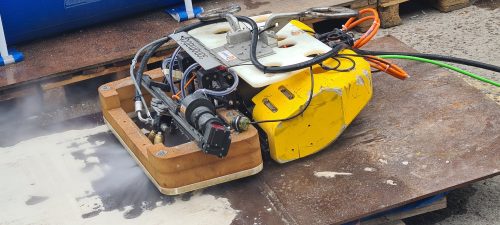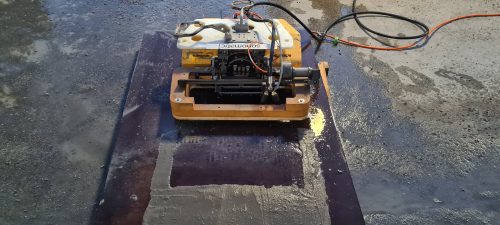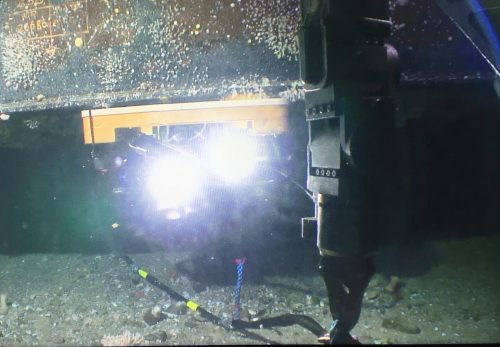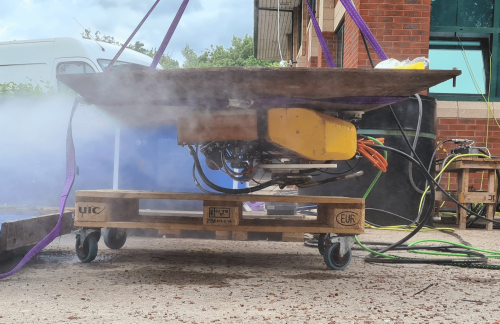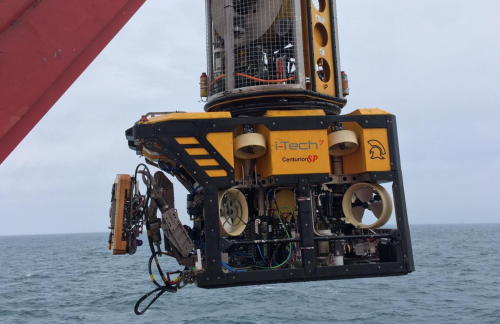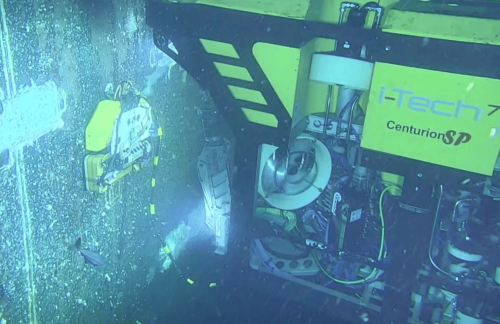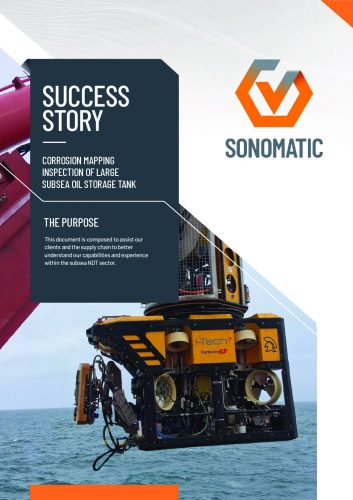A client has a large subsea oil storage tank located on the seabed, in water depths in excess of 130m. The tank structure has a total surface area of 8550m ². A corrosion risk assessment was conducted on the tank by the client and Sonomatic, that identified key areas on the tank outer walls for inspection.
The primary purpose of the inspection was to detect and monitor any possible corrosion, to ensure the tanks integrity and manage the associated risks to an acceptable level.
Each face of the tank required inspection for potential corrosion threats, including the bottom of the tank which is 1m above the seabed on a support frame. Due to the limited access to the tank bottom, it was inaccessible for most ROV systems to conduct/deploy an inspection system capable of collecting accurate corrosion mapping information. The tank has been in service for some time and had a build-up of marine growth and seabed silt on all surfaces.

